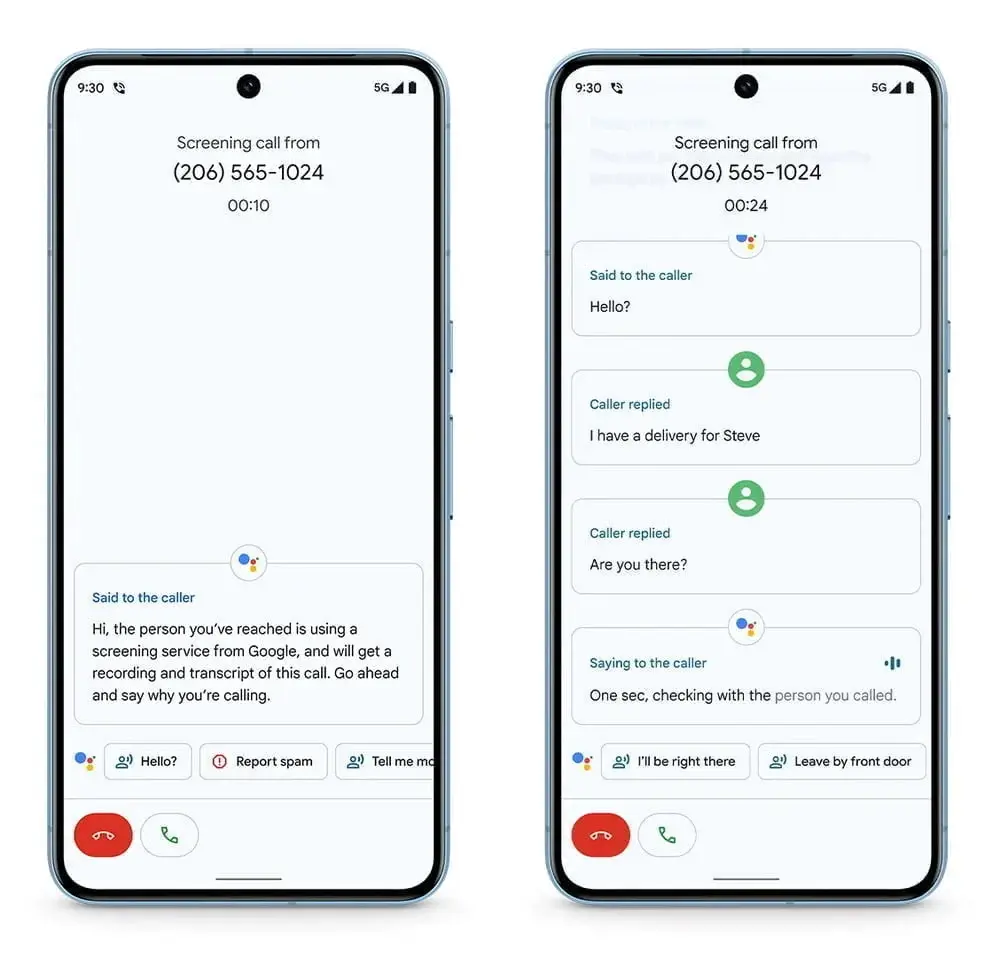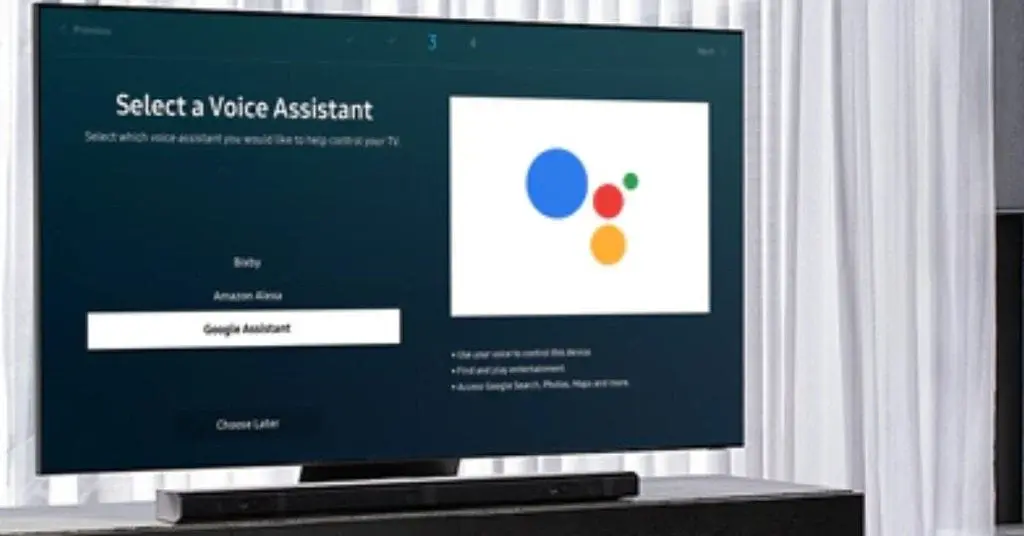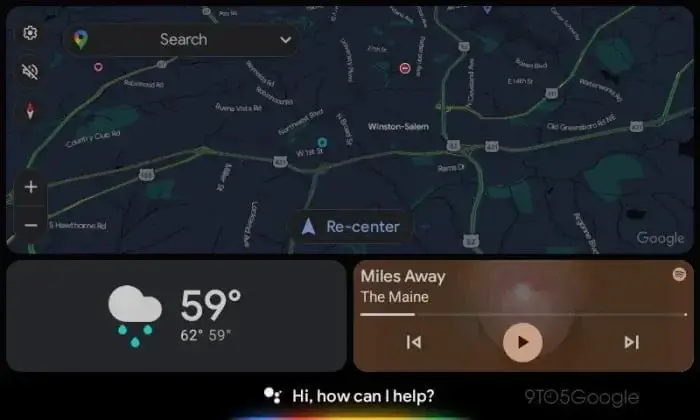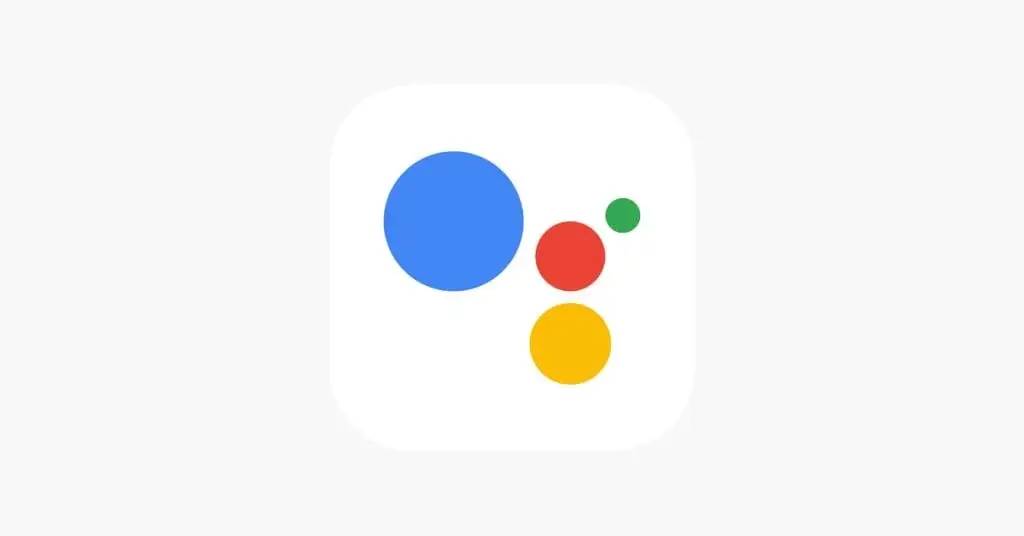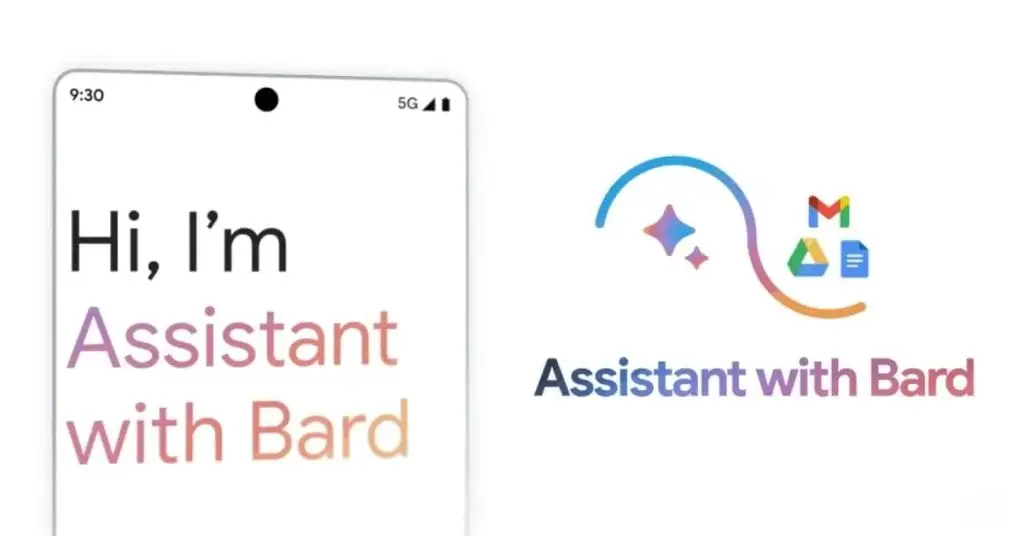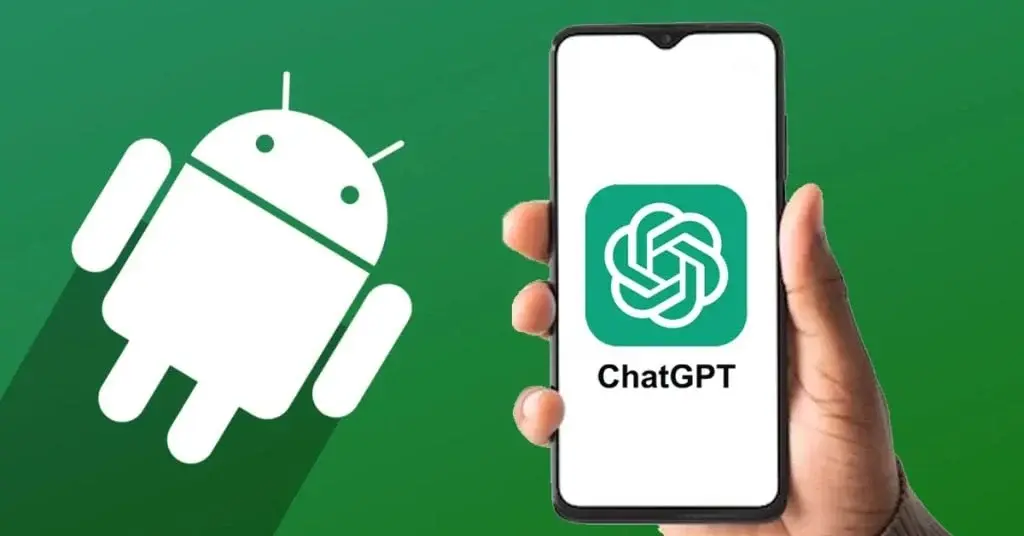Google has unveiled its latest Pixel Feature Drop for March, aiming to boost productivity and health tracking capabilities across Pixel phones, the first-generation Pixel Watch, and the wider Pixel ecosystem. This update introduces significant enhancements that users will find beneficial.
Enhanced Call Screening and Productivity
Pixel phone users will now enjoy an improved Call Screening feature. If a call that is being screened remains silent, a new "hello" prompt will prompt the caller to speak, encouraging them to state their purpose for contacting you. Moreover, Google Assistant can now ask callers to hold on if you opt not to answer immediately.
Stunning Visuals and Search Feature
A notable addition is the ability to share vibrant 10-bit HDR videos directly on Instagram Reels and upload gorgeous Ultra HDR photos to your Instagram feed from your Pixel phone. Additionally, the convenient "Circle to Search" feature that allows seamless searching without switching apps is extending to Pixel 7 and 7 Pro, making it easier to find desired content instantly.
Fitness Boost for Pixel Watch
The first-generation Pixel Watch is receiving a fitness upgrade with features previously exclusive to the second generation. These include Pace Training for specific pace training, Heart Zone Training for heart rate zone monitoring, and a revamped user interface for improved workout data visualization.

Mindfulness and Navigation Features
Users can now find moments of tranquility with the Fitbit Relax app, now accessible on the first-gen Pixel Watch, guiding users through breathing exercises directly on their wrist. Moreover, enhance your city navigation experience with Google Maps on your Pixel Watch, offering real-time departure times, diverse transit options, and compass-enabled map guidance.
Portfolio Enhancements and Connectivity
The Pixel portfolio is also receiving enhancements. During video calls on Pixel Tablet, Pixel Fold, or Pixel 5a (and newer phones), users can now selectively share specific app content with app screen sharing to maintain privacy while sharing relevant information. Furthermore, connecting previously used devices to your new Pixel phone or tablet is now simplified through the "Connected Devices" settings page, with Fast Pair facilitating connections with Bluetooth accessories.
Document Markups and Gboard Voice Toolbar
Users can now annotate documents and assignments directly on their Pixel device using their finger or stylus with Google Docs markups. This feature offers various tools like pen colors and highlighters for individual and collaborative work. Additionally, the new Gboard voice toolbar on Pixel Tablet streamlines the keyboard into a toolbar when activated, optimizing screen space and enhancing multitasking capabilities.
These updates are set to roll out to Pixel devices over the following weeks.

